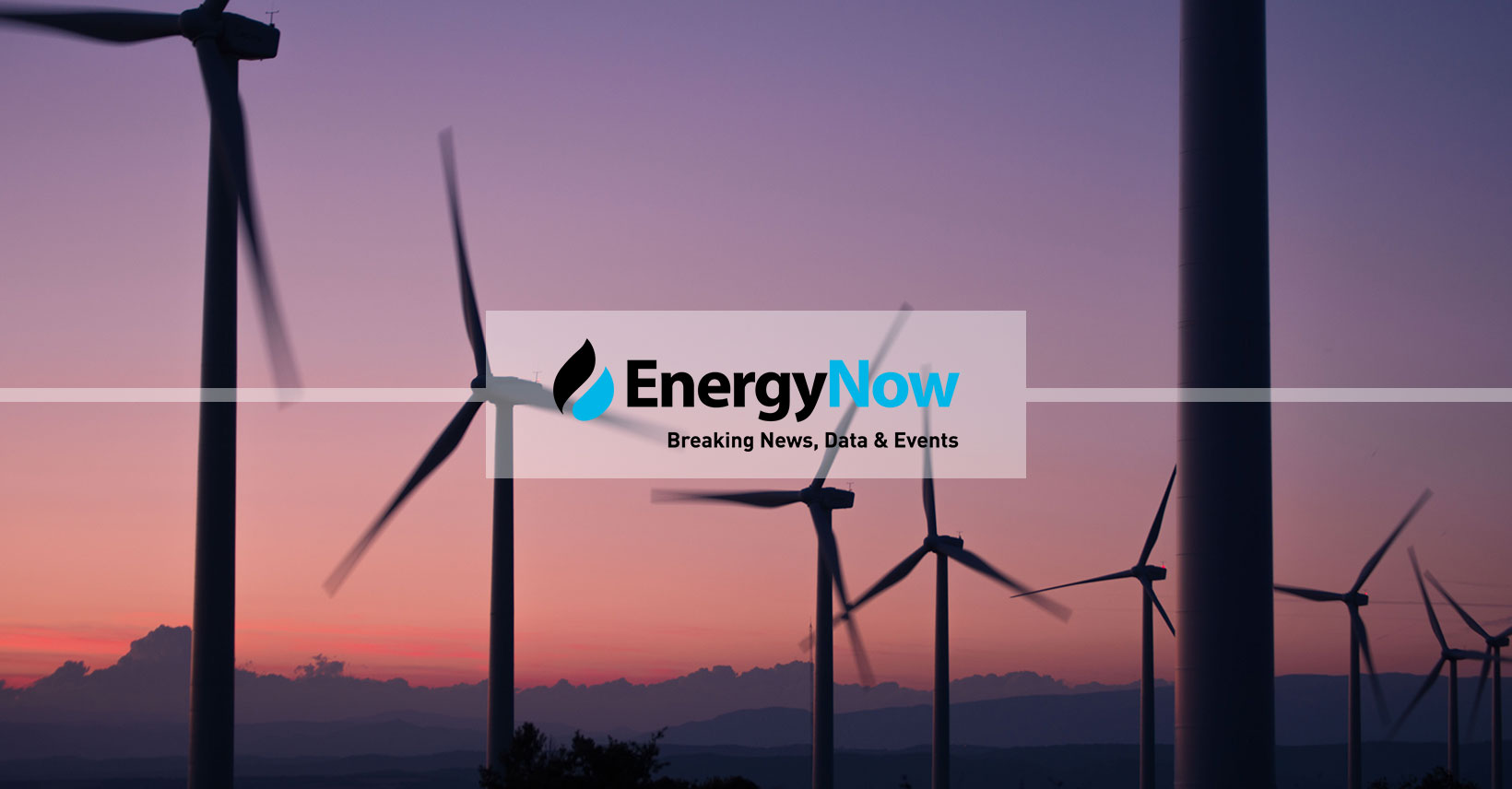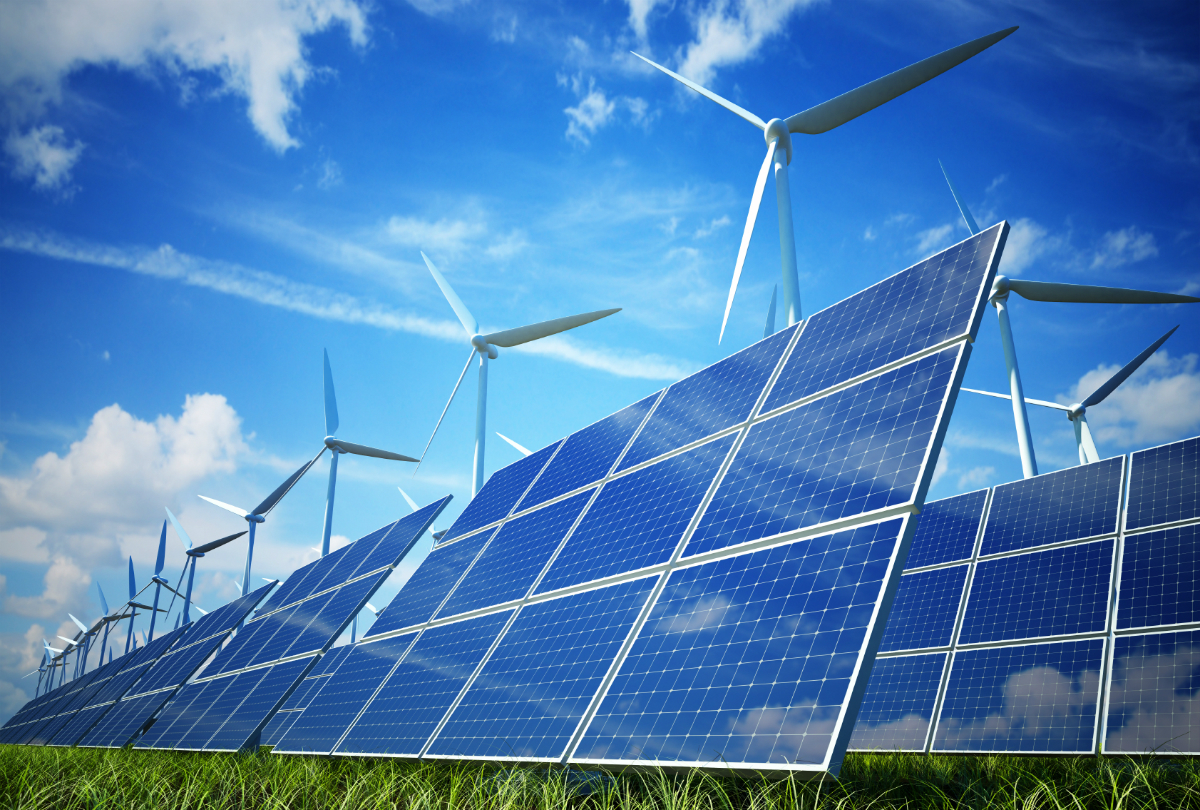Sign up for daily news updates from CleanTechnica on email. Or follow us on Google News!
Few status symbols for the Super Rich stand out more than superyachts. Members of royal families, oligarchs, and billionaires are known to crave the elegance and indulgence, the refined taste and unparalleled luxury that these enormous floating homes offer. Superyachts are often longer than 100 feet in length and are customized to meet the lavish vision of their owners. Money is no object for those who desire opulence and paradise on the seas.
What these superyacht owners don’t pay much attention to as a general rule are the greenhouse gas (GHG) emissions of their floating paradises. In fact, many of these Super Rich obtained their wealth from industries that emit enormous amounts of GHGs. Don’t these 1% have a responsibility to cut emissions, not only in their business enterprises but in their personal carbon footprints? The most well-off do have the highest carbon lifestyles, after all.
Analysts from the World Inequality Lab, which is led by the Paris School of Economics and University of California at Berkeley, have generated an alternative assessment replacing gross domestic product with varying measures of consumer income. It seems that personal wealth does more than national wealth to explain the sources of emissions.
So climate progress means first curbing the carbon output of the wealthier among us.
The richest 1% of the world’s population produced as much carbon pollution in 2019 as the 5 billion people who made up the poorest two-thirds of humanity, according to Oxfam, a global organization fighting inequality to end poverty and injustice. These world’s wealthiest 10% account for half of the world’s carbon dioxide emissions. Research shows that, for example, to even out carbon footprints in the US, its top emitters would have to cut pollution by 87% by 2030 while the bottom half could actually increase theirs by 3%.
The Super Rich’s emissions are derived from a variety of toys and indulgences, including mansions and jet-set travel. But superyachts are their single largest source of GHG emissions — the annual CO2 emissions of the top 300 superyachts are almost 285,000 tons.
Superyachts — the Super Rich’s single-most polluting asset — saw a 77% surge in sales in 2021. The Superyacht Directory is the world’s largest database of private luxury yachts, with over 12,000 megayachts listed. A few decades ago that number was just one-third of today’s totals.
Here’s the estimated breakout of superyachts’ usage and their resulting emissions.
- Yachts spend 10% to 20% of the year sailing and relying on engine power.
- The boats reach top speed only 0.1% of the year.
- Most of the time superyachts are floating hotels — and that means they need generators for their power. Generators emit even more CO2.
Lifestyle social scientist Gregory Salle has categorized superyachts as a form of ecocide. “Ecocide is something that causes deep harm, harm that is lasting over time. You could apply this to what [superyachts] are doing,” he points out, not just on an individual level but one that is also “global.”
Superyachts are also more than climate polluters. They also have outsized environmental impacts like wastewater, noise and light pollution, particulate matter in exhaust, and local dockage contamination. Yachts are exempt from International Marine Organization emission rules, so truly accurate emissions of any boat are difficult to discern. Existing carbon emissions calculators about Superyachts are inconclusive, as they rely on voluntarily reported data and estimated tons of diesel fuel.
Using the International Maritime Organization’s data, Malcolm Jacotine of the superyacht consultancy firm Three Sixty Marine estimates yachting emissions will hit 10 million tons by 2030 if the industry takes a “business as usual” approach.
According to Boat International, former footballer Beckham owns a superyacht that is powered by twin MTU diesel engines that can reach a top speed of 30 knots. UFC fighter Conor McGregor has a Tecnomar For Lamborghini 63 yacht. Tennis star Rafael Nadal is the owner of a Sunreef 80 Power superyacht that is 23.95 meters and features a flybridge with a bar and barbecue, a stern garage for a jet ski, an elegant interior in cream and coffee tones, and 360 square meters of living space. The 65 meter Codecasa yacht Main is owned by Giorgio Armani. The 93 meter sailing yacht Eos was bought by fashion designer Diane von Furstenburg and her husband IAC Chairman Barry Diller.
Attempts to Move Superyachts toward Sustainability
Shipyards and engineers are beginning to add sustainable features to new builds, including using recycled materials. New types of fuel could also cut emissions. And there are some owners who are attempting to limit some of their superyacht’s environmental damage potential.
One such owner is Amazon owner Jeff Bezos, whose $500 million superyacht Koru incorporates sails to help power its voyage. It is the largest sailing yacht in the world, according to Oceanco, the Dutch company that built it. When not under wind power, however, Koru does rely on sports diesel-powered motors. Oxfam estimates that the 127 meter vessel has emitted 7,000 tons of carbon dioxide over the past year, an amount equal to the annual emissions of 445 average US residents.
Koru’s companion yacht, Abeona, is a 75-meter support motor yacht that functions like a garage with a helicopter pad and jet skis — Abeona’s emissions aren’t generally considered as part of the Bezos fleet.
A few years ago the Yacht Club de Monaco upgraded its dockside charging facilities with a pair of AQUA SuperPower 2nd-generation fast chargers to serve the growing electric boat yacht market. The rationale was to build up its reputation for endorsing sustainable mobility. Similar stations were installed at the marina Cala del Forte in Ventimiglia, which is also owned by Monaco Port’s Société Monégasque Internationale Portuaire (SMIP), in order to “expand the company, push cross border collaboration, and demonstrate its philosophy of sustainable port management and ecological responsibility.”
McKinsey has reported that 40% of millennials are voicing concerns regarding the environmental footprint of their boats, a sentiment echoed by 28% of Gen Xers and 24% of baby boomers. Additionally, interest in alternatively fueled recreational boats is significantly higher among millennials, with 60% expressing interest, as opposed to 45% of Gen Xers and 33% of baby boomers.
Hydrotreated Vegetable Oil is an option that some experts believe is a viable alternative to diesel because there is no need to modify existing superyachts’ engines or generators. It is made by using recycled sunflower oil. First, it undergoes hydro-treatment at high temperatures and pressures, where hydrogen is added to remove the oxygen. There are claims that it offers a 90% reduction in C02 emissions on the basis that it is made from recycled oil – having already made its environmental impact. The short term challenges of HVO have focused on the availability, production, and higher cost compared to diesel.
Have a tip for CleanTechnica? Want to advertise? Want to suggest a guest for our CleanTech Talk podcast? Contact us here.
Latest CleanTechnica.TV Videos
CleanTechnica uses affiliate links. See our policy here.





